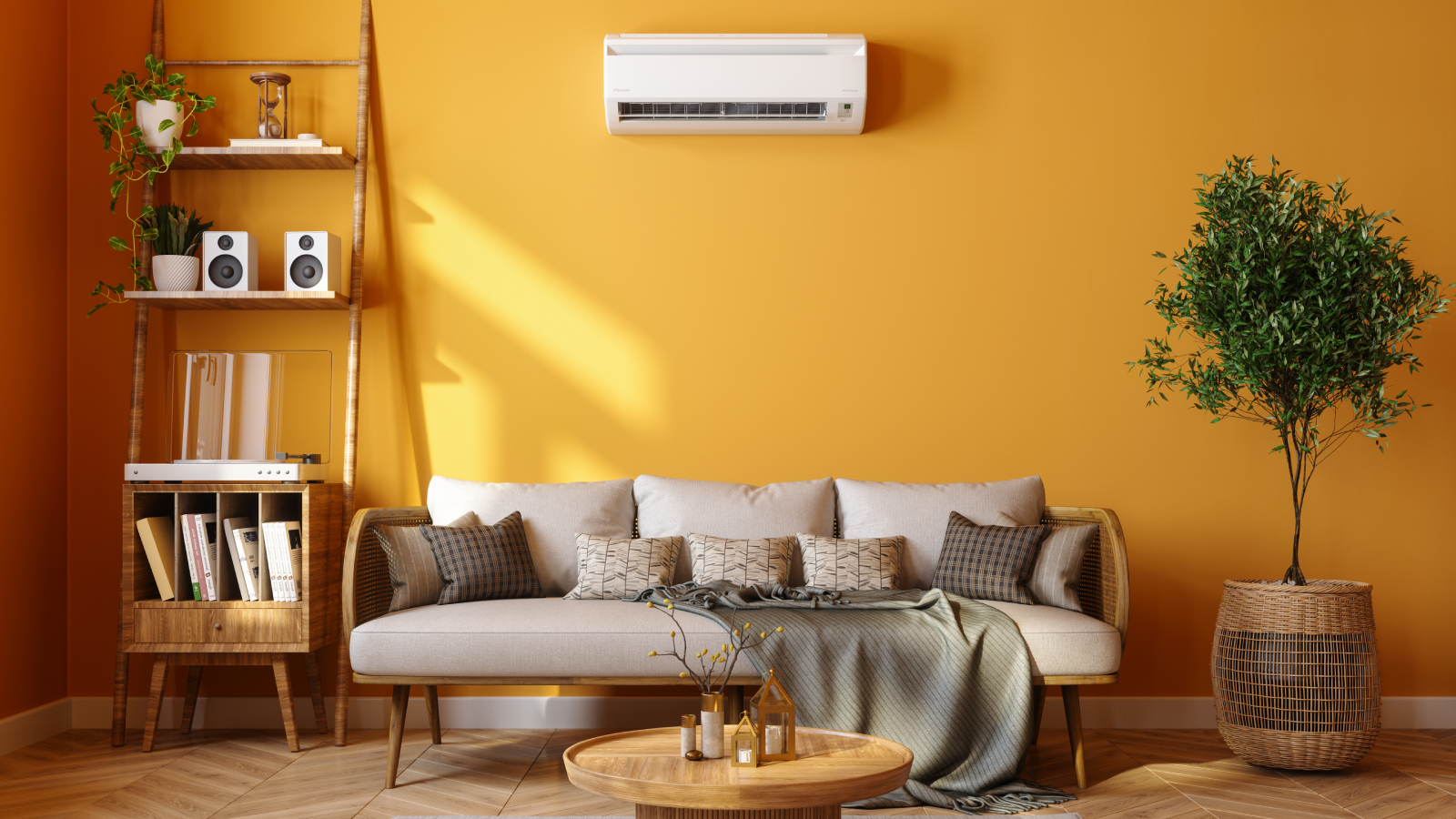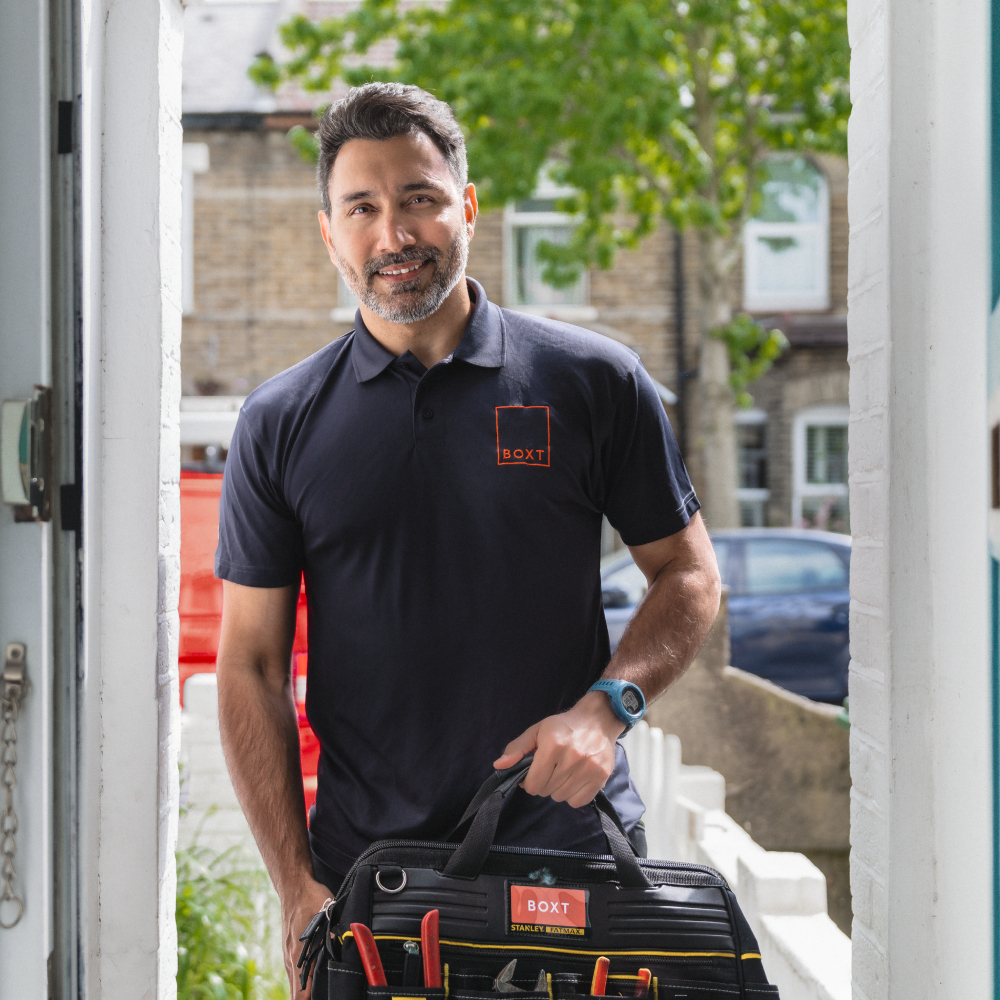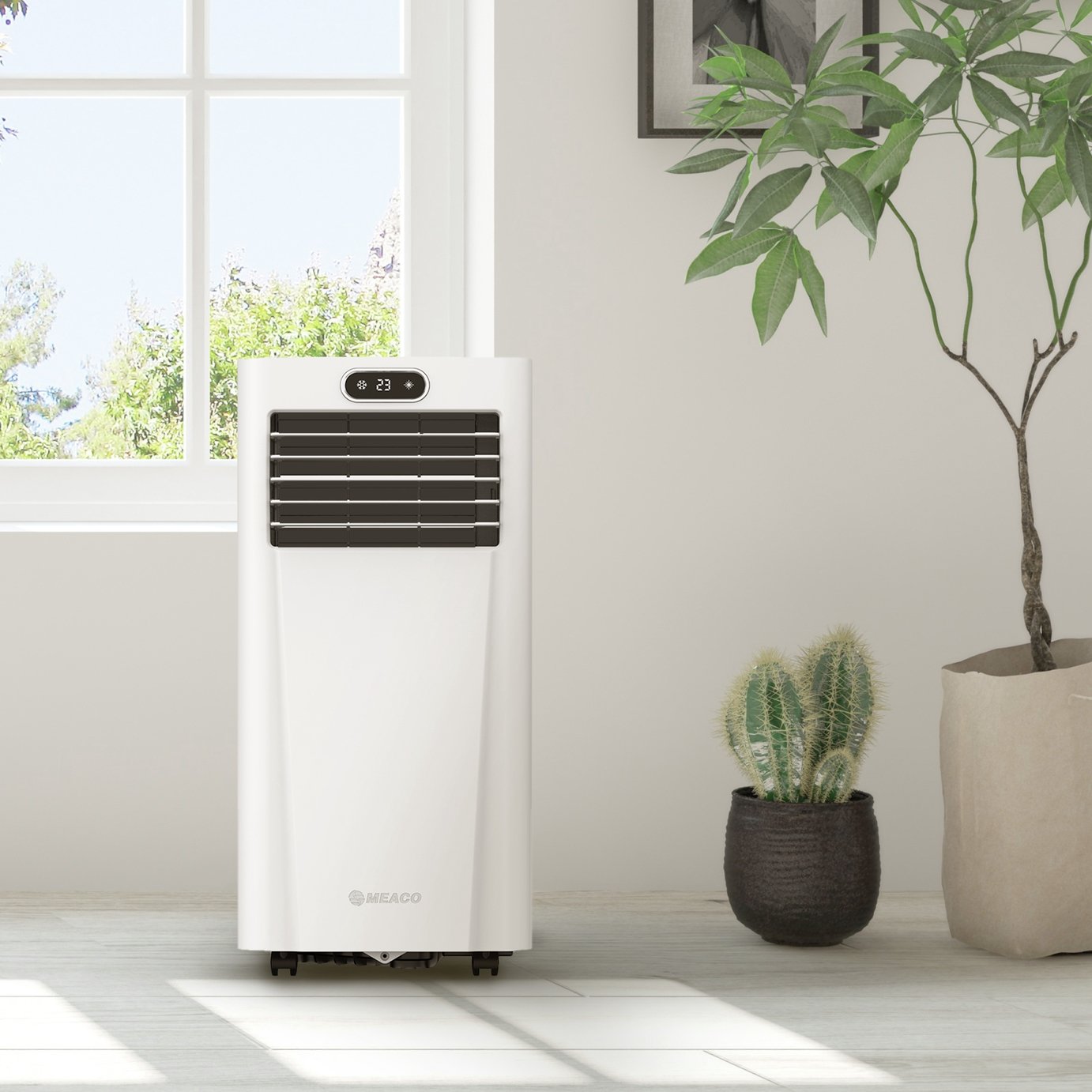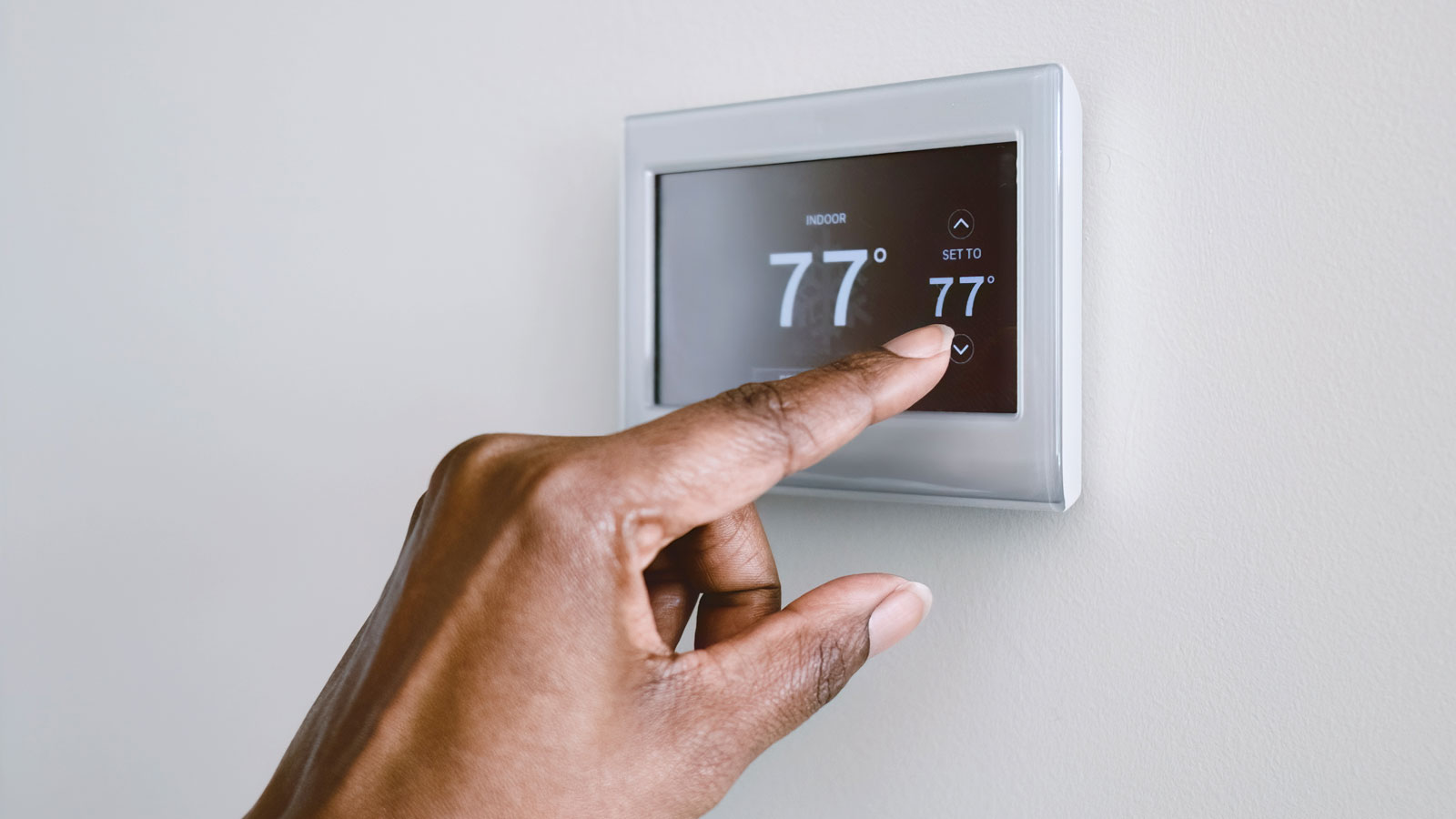Don't ignore these important factors when asking 'what size air con unit do I need?'
What size air con unit do I need is an important question when considering how to cool your home. But, there's more than just room size to think about

Understanding what size air con unit you need can make all the difference when it comes to keeping cool, or ending up feeling hot and bothered that your system isn't working as well as you thought it would.
But how do you figure out what size you need? Is it down to room size or do other elements such as how your home is constructed and how many rooms there are in total play a part too?
We asked experts what they recommend when it comes to choosing the right size of unit for your home, whether it's a permanently installed air conditioning solution, or a portable one, to help you avoid making any costly mistakes.
Choosing the right size fixed air con unit to install
Once you've decided on the right type of air conditioning unit to install in your home, choosing the size is normally something your chosen company and engineer will advise you on during the consultation process. But as a guide, here's what Adam Knight, lead engineer at BOXT explains regarding how they make that recommendation.
“It’s really important to make sure air conditioning units are correctly sized for your space," confirms Adam. "A smaller output will typically be cheaper to install and could be more cost-effective to run, but if the unit is too small, it won’t be able to cool or heat your space properly.
"Therefore, finding the right size ensures your system runs efficiently without wasting energy.
"At BOXT, we base the size of the air con unit on the specific room you’re cooling or heating," explains Adam. "It’s not a one-size-fits-all approach though," he warns. "We look at the exact dimensions of the space, but also other key factors like the number of windows, ceiling height, insulation, how much direct sunlight the room gets, and even the construction type of your home.
Bring your dream home to life with expert advice, how to guides and design inspiration. Sign up for our newsletter and get two free tickets to a Homebuilding & Renovating Show near you.
"A large, open-plan kitchen diner with a lot of architectural glazing, for example, will need a higher output than a smaller, shaded bedroom," he explains.
So while you may assume it's simply a case of measuring your room and that's enough, while this can give you an initial indication, it's a little more complex than that.
"When you get a quote through BOXT’s website for example," says Adam, "we ask a few questions to get this information, and then one of our expert review teams double-checks everything to make sure the recommended unit is the right size for optimal performance. Not too big, not too small. That way, you get consistent comfort without wasting energy.”

Adam Knight is a lead engineer at heating and cooling experts, BOXT. Adam brings over 17 years of industry experience, including 14 years at British Gas specialising in auditing, gas qualifications, and incident investigations, and now leads BOXT’s Tech Survey Team with specialist training in air conditioning and heat pump systems.
Choosing the right size portable air conditioning unit
While portable units may be cheaper to buy in terms of air conditioning costs, the running costs for a portable system can mount up, which is why understanding what size air conditioning unit you need is just as important for these short term solutions too.
And, in the same way as the size of a fixed air con unit is determined by more than just the size of the room it is cooling, other factors also come into play.
“Getting the right sized air conditioner is essentially about its cooling capacity," explains air treatment expert at AO.com, Katie Lilywhite. "Each air conditioner is measured in BTUs (British Thermal Units) and essentially if its too small it’ll struggle, too large and it’ll cycle off inefficiently.
“To calculate what size air conditioning unit you need for your home, you do need to think of the size of the space you want to run it in," confirms Katie, "but room specifics matter too," she says.
"Think of your ceiling height, insulation, windows and even the number of people in your given room. For instance, a sunny loft conversion will need far more power than a shaded ground-floor living room.
"As a rule of thumb, it’s always better to size slightly up rather than down," advises Katie. So consider buying a model that can more than adequately cover your room size, rather than just about being suitable.
“You’ll soon know if your air conditioner is too small for purpose too, as it’ll run constantly, attempting and failing to reach the target temperature," says Katie. "This is a waste of energy and can lead to higher energy bills.
“It’s also worth bearing in mind that portable air conditioners can’t cool multiple spaces at any given time," she adds, "so you will need one unit per key room. You can’t cool multiple floors with one unit as cool air doesn’t travel well up or down stairs, it settles in one space."

Katie is one of the many experts at AO.com, covering a multitude of appliances including air quality products, health and beauty and homes and gardens.
Shop these portable air conditioning units for your home
Convinced you have the right size unit but it's still not performing well? Check you're not making one of these air conditioning mistakes, and also ensure you haven't unknowingly located your fixed or portable unit in one of the seven places never to put air conditioning.

Sarah is Homebuilding & Renovating’s Assistant Editor and joined the team in 2024. An established homes and interiors writer, Sarah has renovated and extended a number of properties, including a listing building and renovation project that featured on Grand Designs. Although she said she would never buy a listed property again, she has recently purchased a Grade II listed apartment. As it had already been professionally renovated, she has instead set her sights on tackling some changes to improve the building’s energy efficiency, as well as adding some personal touches to the interior.



